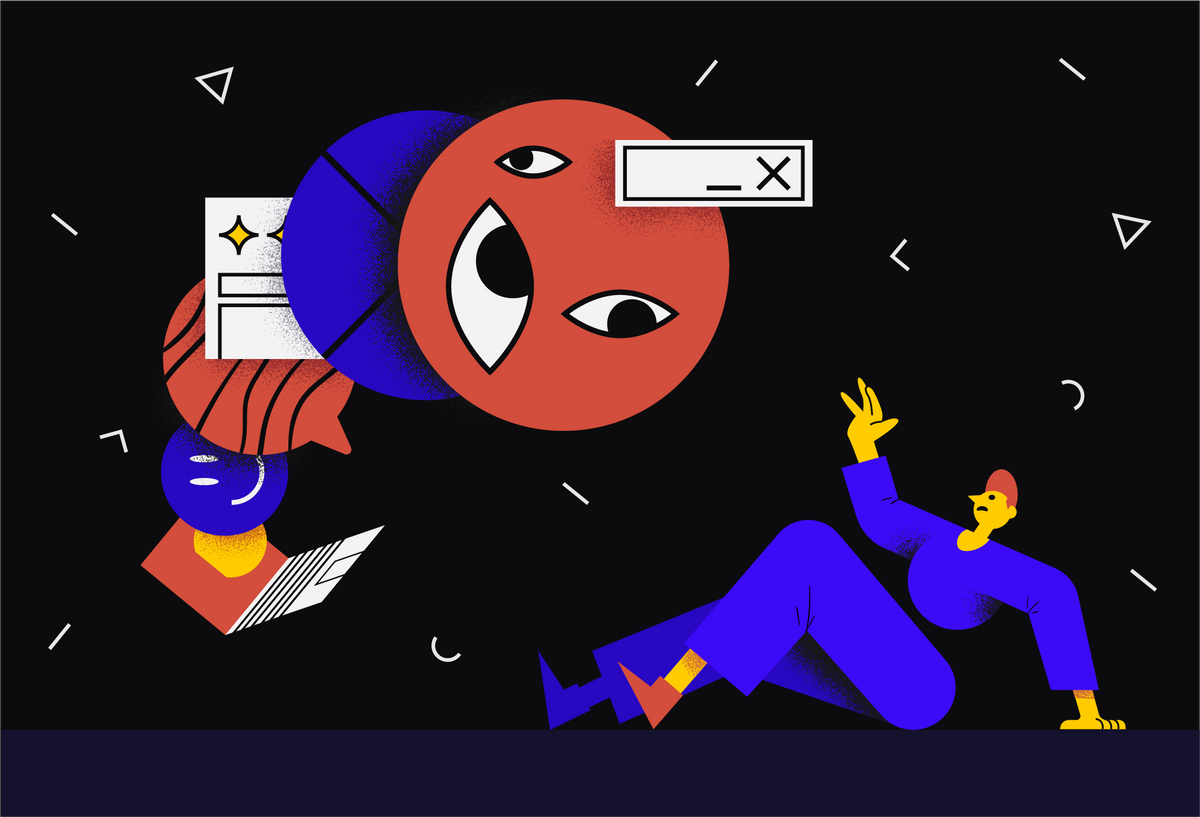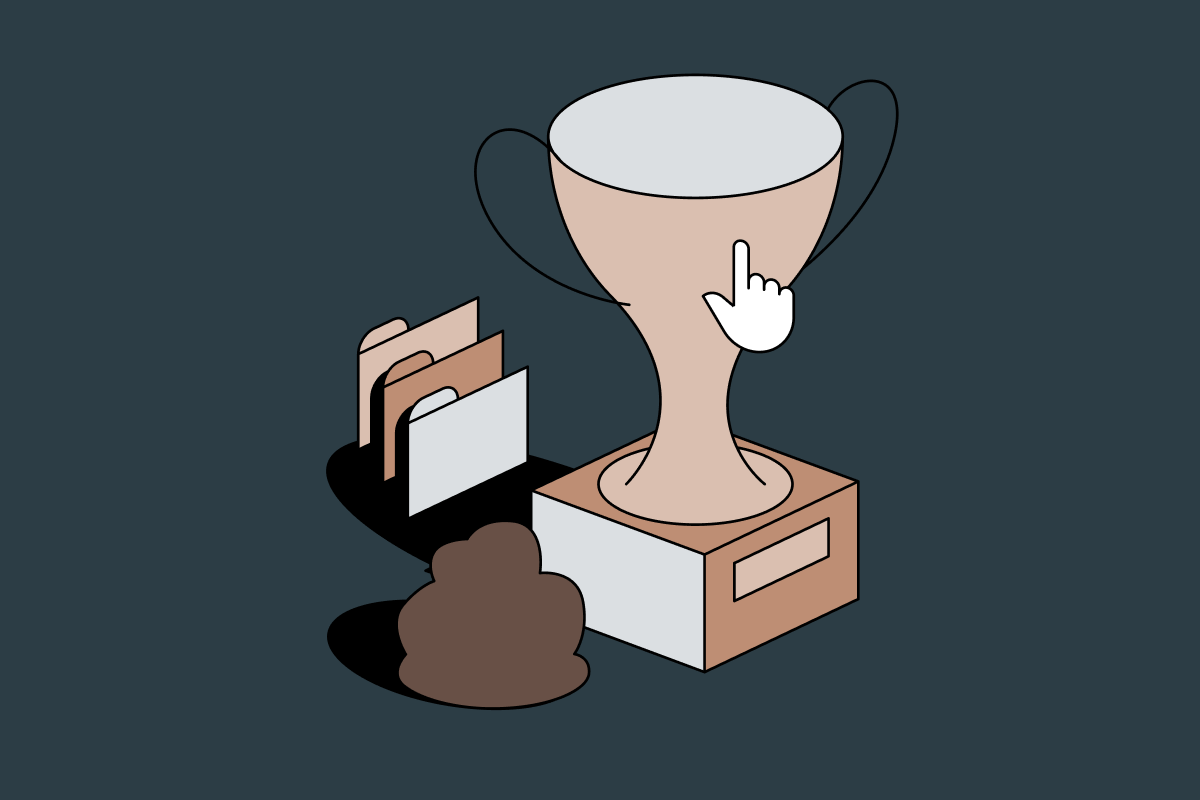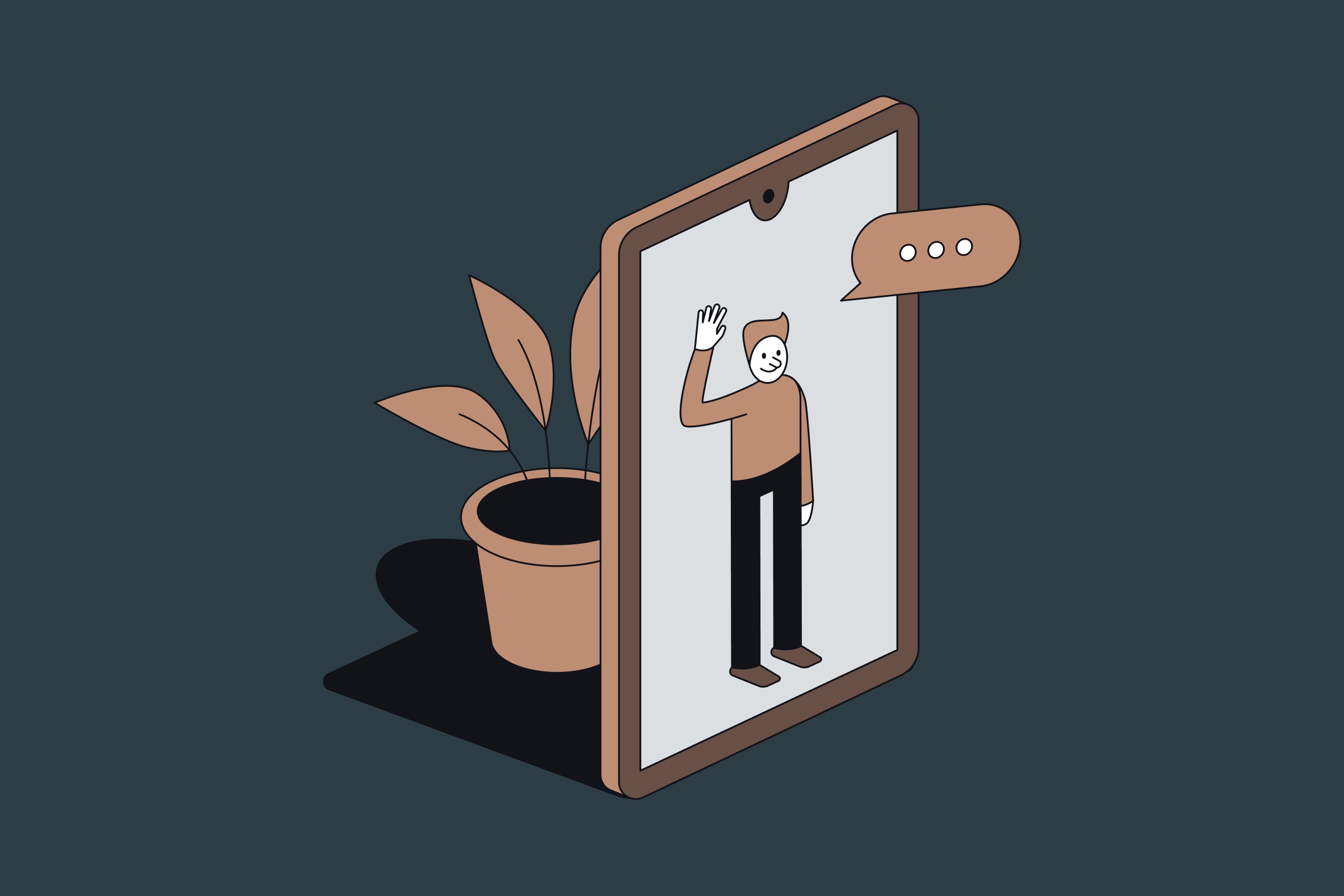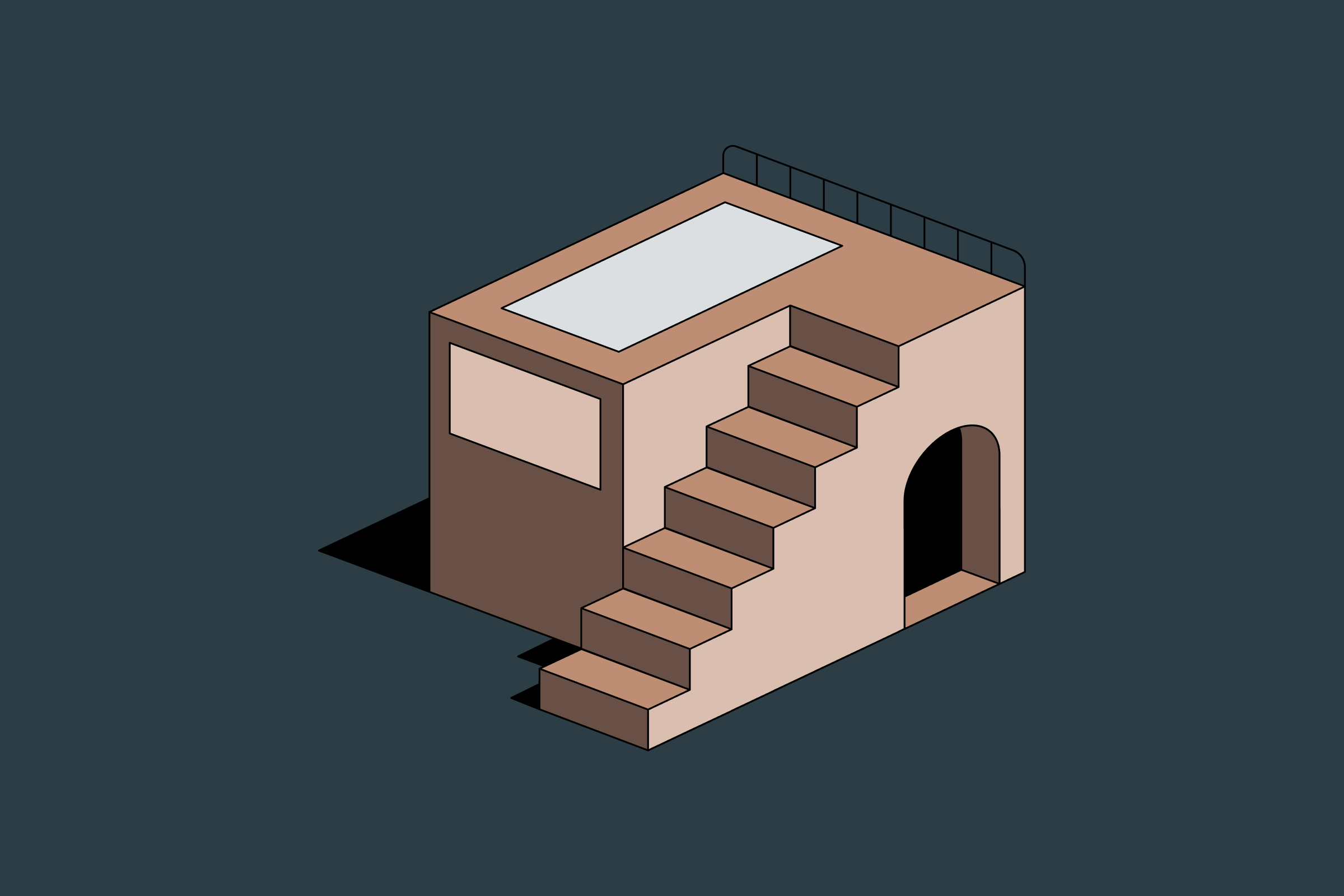The question of whether you are stressed or not is often difficult to answer. Stress doesn’t always make itself known and it can take the form of an overwhelming feeling that something just isn’t right in your life. When you feel this way, it’s time to take action to prevent burnout and stress before they happen.
Burnout is something that affects everyone, no matter how experienced you are or what position you hold in the design industry. To be honest with you fighting burnout is something I have to work on constantly.
Reasons for feelings of burnout could be different: working long hours, neglecting physical or mental health, obsession with productivity, or lack of career growth. There are many recent reports about employee well-being and burnout specifically and they all agree that stress levels have greatly increased, with a high uptick during the pandemic.
One of the challenging aspects of burnout is that it often leads to a downward spiral of depression and disinterest, making it even more and more difficult to overcome. So taking care of our mental health should always be a top priority, especially when it comes to avoiding burnout. But how can we make sure we manage it effectively? Here are some tips that have worked for me over the years.
Make time for yourself
One of the most important things you can do for yourself is to make time for relaxation. If you don’t have any hobbies or interests outside of work, it’s worth investing some time into finding some. Having something to look forward to outside the office will help reduce stress levels and possibly prevent burnout.
Regular exercise is also an excellent way to take care of your body and mind, which will help keep stress under control as well. Try out different types until you find one that works best for you — gym and weightlifting is not the only way to exercise. Eating well and getting enough sleep every night will also help keep stress levels down. Your health and well-being really should be the number one priority. Nobody can’t take care of you, and everything else really can wait.
Declutter your calendar
To help prevent stress and burnout, you really need to declutter your calendar. Start by simplifying your schedule and protecting your time.
Look at your calendar, and for each meeting ask yourself — do I need to be there? Do I add value by being there? Often the answer is no, and we just sit at the meeting to gather context. And in many cases, reading meeting notes/recordings or leaning on your product partner instead is enough. Each meeting takes x2 of your focus time because you have to switch context — try to cancel as many as possible.
Make sure you have protected design time set aside every week, I would say at least two full days where nothing else is going on besides doing heads-down design work. If this isn’t possible right now due to workload constraints or other factors beyond your control, then try making it happen as soon as possible when things aren’t quite as busy.
Learn to say ‘no’
As a designer, it’s not your job to make everyone happy. You don’t have unlimited time or resources, so keep business priorities in mind when making decisions about how you spend your time. Ask yourself questions like: “What impact would this task have on my team?” or “How will this benefit our company?”. This can help determine whether or not it’s worth taking on additional tasks at the moment. It’s also very important not to feel guilty about saying no.
If there are a lot of small requests, try setting design office hours so that everyone knows when they should ask for help instead of having people constantly knocking at the door with questions whenever they need something done immediately.
Always ask yourself and your cross-functional partners what you should be spending your time on. Figure out which tasks are important and which can wait until later. Set aside time each day for those important tasks and stick to that schedule. It’s very easy to get distracted and pulled in different directions, so always get back to priorities.
Remember to disconnect
Consider taking breaks away from your desk. A short walk can help clear the mind and recharge your energy levels. If possible, try to change up where you work every so often — moving to another spot in the office or even working from home for a few days, this will give your brain some much-needed variety as well. Whenever you have the time, consider going on a short walk around the block or even just sitting outside for a while so that fresh air can help clear your head.
If you’re feeling overwhelmed by work and stressed out by deadlines, take ten minutes to relax. Meditate or do some deep breathing exercises to calm your mind and body. There are lots of apps out there that offer guided meditation sessions as well as simple exercises that can help you focus on your breath or count down from ten — try one! It may sound too simple to work, but taking just five minutes each day can really change the way you react to stress.
And as Andrew D. Huberman states: a 10–20min nap or NSDR (Non-Sleep-Deep-Rest) has both been shown to replenish physical energy & increase cognitive function. NSDR, however, also increases striatal dopamine & improves one’s self-directed-relaxation ability, which in turn improves sleep.
Connect with others
Isolation can certainly contribute to stress and burnout. Having a strong support network is essential for maintaining good mental health. Make time to connect with your family and friends. Sometimes it can be tough to find enough time and space to do that, but make sure you’re prioritizing that high enough.
In addition to connecting with family and friends, it’s also important to build a network within the design community. Joining design groups or attending industry events can provide a sense of community and offer opportunities to learn from others. By connecting with other designers, you may discover new techniques or tools to help you work more efficiently or creatively.
Ultimately, the key is to prioritize building and maintaining strong connections with others. By nurturing these relationships, you can build a support system that will help you through the ups and downs of your career.
Set realistic goals
One of the biggest stressors for motivated hard-working people is having unrealistic expectations. You shouldn’t expect yourself to be able to do everything perfectly, or even at all! This can lead to feelings of failure, which then leads to more stress and burnout.
It’s also important not to plan too much, and to be realistic. When we’re stressed out and overworked, it’s easy for us to get caught up in our own heads about what needs doing next — and there will always be more than one thing that needs doing next! Try taking some time off from planning so that you can focus on getting things done instead of stressing out about them later on when they haven’t been done yet.
How to prevent stress and burnout as a designer
It is very important to take action to prevent burnout and stress, which can lead to a downward spiral of depression and disinterest. With the increase in stress levels, it is more important than ever to take care of our mental health. By making time for ourselves, decluttering our calendar, learning to say no, and stepping away from our desks, we can manage stress effectively. Remember, our health and well-being should always be a top priority, and it is okay to take breaks to recharge our energy levels and maintain a healthy work-life balance.



